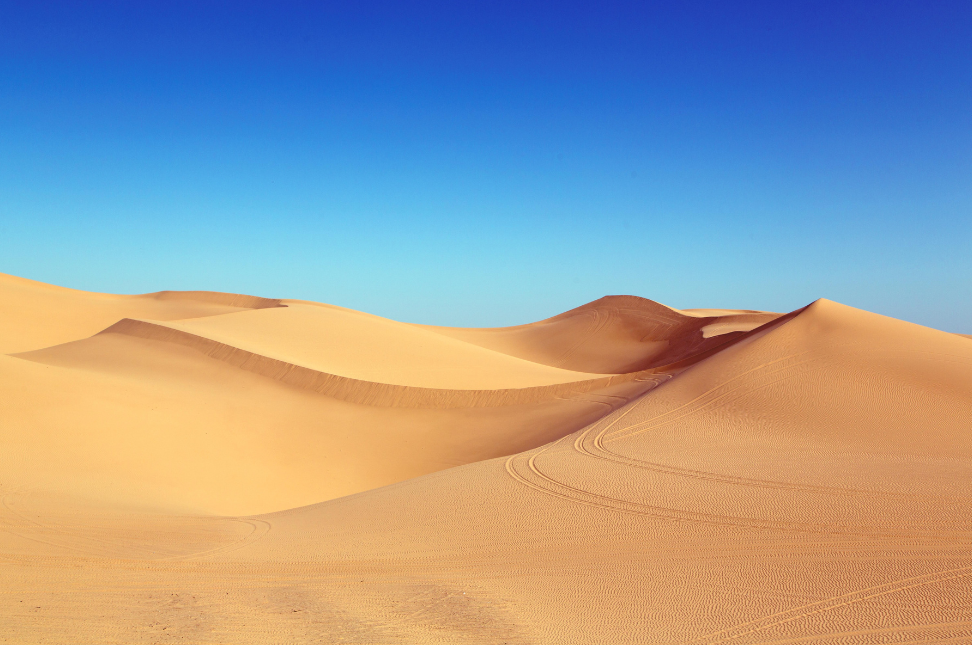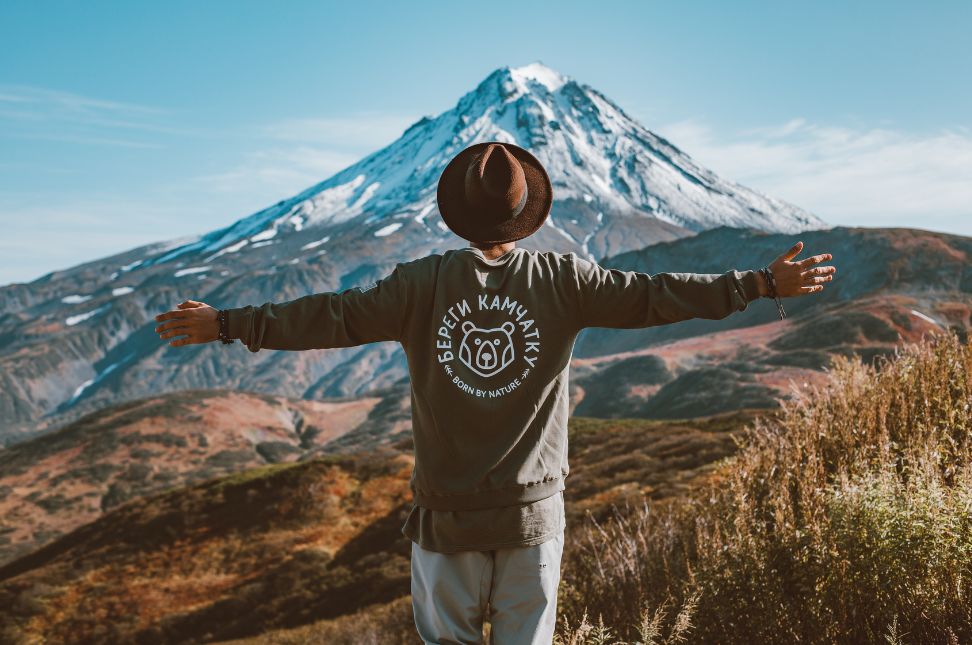The Southwestern United States is a land of stark contrasts and breathtaking beauty. Exploring the deserts of the Southwestern US offers a unique adventure into landscapes that seem otherworldly. From the towering saguaro cacti of Arizona to the vast sand dunes of New Mexico, these deserts are rich in natural wonders and cultural history. Whether you are a seasoned traveler or a curious explorer, the deserts of this region promise unforgettable experiences.
The Majestic Sonoran Desert
The Sonoran Desert spans across Arizona, California, and parts of Mexico. It’s one of the most biologically diverse deserts in North America. Exploring the deserts of the Southwestern US wouldn’t be complete without a visit to this unique ecosystem. The iconic saguaro cactus, which can grow over 40 feet tall, is synonymous with this desert. These giants provide a habitat for many desert creatures, including birds and bats.
Phoenix and Tucson are great starting points for your Sonoran Desert adventure. In Phoenix, the Desert Botanical Garden offers a glimpse into the desert’s flora. Tucson’s Saguaro National Park is perfect for hiking and observing the majestic saguaro up close. The park has numerous trails that range from easy walks to challenging hikes, providing options for all fitness levels.
The Enchanting Mojave Desert
The Mojave Desert, primarily located in California and Nevada, is famous for its dramatic landscapes and the iconic Joshua Tree. Joshua Tree National Park, named after the unique trees that dot its landscape, is a haven for rock climbers and stargazers. The park’s clear skies and low light pollution make it one of the best places for stargazing in the United States.
Death Valley National Park, another jewel of the Mojave Desert, is known for its extreme conditions. It’s the hottest, driest, and lowest national park in the US. Despite its harsh environment, Death Valley is home to diverse wildlife and stunning geological features like Badwater Basin and the Mesquite Flat Sand Dunes. Exploring the deserts of the Southwestern US often includes marveling at the surreal beauty of Death Valley’s landscapes.
The Colorful Chihuahuan Desert
The Chihuahuan Desert stretches from southeastern Arizona through New Mexico and into Texas and Mexico. It’s known for its vibrant wildflower displays in the spring and the presence of the Rio Grande. Big Bend National Park in Texas is a prime destination for experiencing the Chihuahuan Desert. The park offers a mix of desert, river, and mountain scenery, providing opportunities for hiking, rafting, and wildlife viewing.
White Sands National Park in New Mexico features vast dunes of gypsum sand that sparkle under the sun. The unique white sands are a sight to behold and provide a perfect backdrop for photography. Walking barefoot on these cool dunes is a surreal experience and a must-do when exploring the deserts of the Southwestern US.
Cultural and Historical Riches
Beyond their natural beauty, the deserts of the Southwestern US are rich in cultural and historical significance. Ancient Native American sites dot the landscape, offering a glimpse into the lives of the region’s original inhabitants. The Ancestral Puebloans, for instance, left behind remarkable cliff dwellings and petroglyphs.
Chaco Culture National Historical Park in New Mexico is a UNESCO World Heritage Site that preserves the remains of a major center of Ancestral Puebloan culture. The park’s massive stone structures and intricate road systems are a testament to the architectural and engineering skills of the ancient people.
In Arizona, the Navajo Nation is home to Monument Valley, one of the most iconic landscapes in the US. The towering red sandstone buttes and mesas are instantly recognizable and have been featured in countless films and photographs. Guided tours by Navajo guides offer deeper insights into the cultural and spiritual significance of this majestic landscape.
Flora and Fauna
The deserts of the Southwestern US are teeming with life, adapted to survive in extreme conditions. The flora includes cacti, yuccas, agaves, and creosote bushes, each with unique adaptations to conserve water. Springtime often brings a burst of color with wildflower blooms, transforming the arid landscape into a vibrant canvas.
Wildlife in these deserts is equally fascinating. Species such as the desert tortoise, roadrunner, and kit fox are commonly seen. Predators like the coyote and mountain lion roam the vast expanses. Birdwatchers can delight in the variety of bird species, including hawks, owls, and the colorful vermilion flycatcher.
Practical Tips for Desert Exploration
When exploring the deserts of the Southwestern US, preparation is key. The desert environment can be harsh and unpredictable. Here are some practical tips to ensure a safe and enjoyable experience:
- Hydrate: Always carry plenty of water. Dehydration is a significant risk in the desert.
- Sun Protection: Use sunscreen, wear hats, and protective clothing to shield yourself from the sun.
- Map and Compass: GPS and cell phone signals can be unreliable. Carry a physical map and compass.
- Check the Weather: Desert weather can change rapidly. Check the forecast before you go.
- Travel Early or Late: Avoid the midday heat by exploring in the early morning or late afternoon.
Conclusion
Exploring the deserts of the Southwestern US offers an unparalleled adventure into some of the most striking and diverse landscapes on Earth. From the towering saguaros of the Sonoran Desert to the vast gypsum dunes of White Sands, these deserts are full of natural beauty, rich history, and cultural significance. Each desert has its unique charm and attractions, making the Southwestern US a treasure trove for adventurers and nature lovers alike. As you embark on this journey, remember to respect the delicate ecosystems and cultural sites, ensuring that these remarkable landscapes remain pristine for future generations to explore and enjoy.




